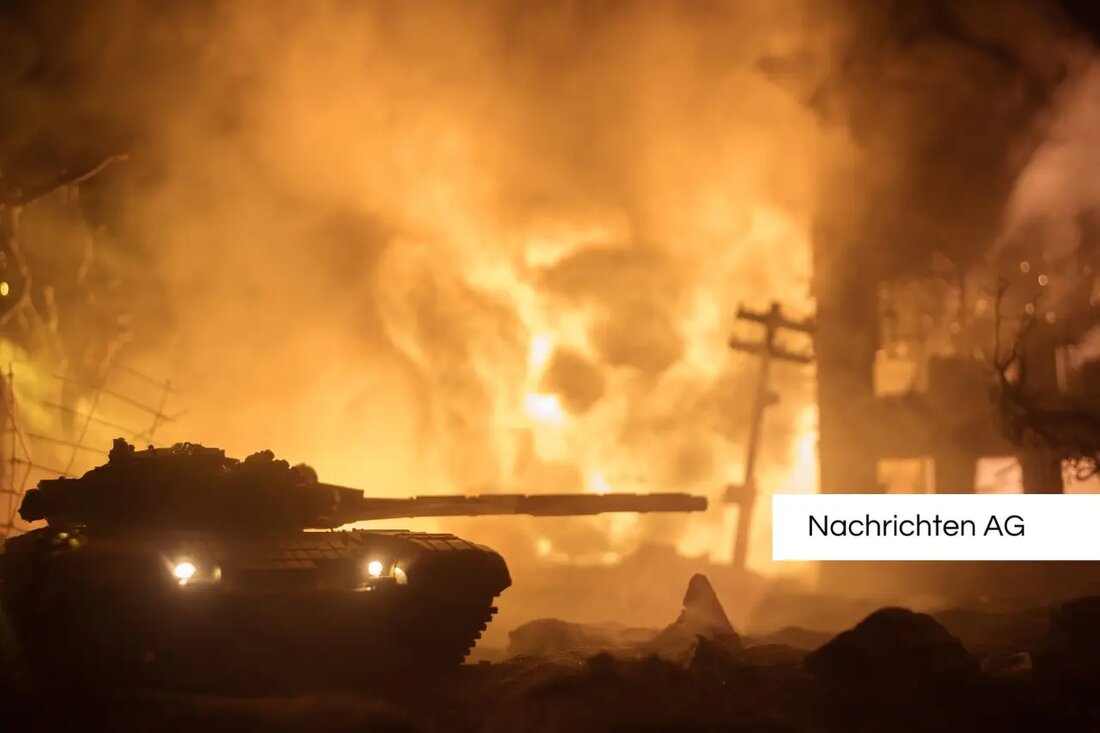Rümmer and Hope: The American invasion in Bonn 1945
Rümmer and Hope: The American invasion in Bonn 1945
on March 5, 2025, exactly 80 years after the impressive events that initiated the end of World War II in Germany, many can look back on an eventful time. On March 6, 1945, eleven -year -old Peter Schöneiffen saw American soldiers, while the situation in Bonn was dramatically worsening. These observations^1 are part of an extensive description that indicates the experience of the Bonn population during this turbulent days. Frances reports that she heard quiet steps at the living room window and suspected American soldiers.
The American troops, which initiated the attack by the 16th US infantry regiment on March 8, 1945, were on a mission that was covered with both military precision and tragedy. American military historians^1 describe this attack as quick and flawless. At the same time, German officers had breakfast in a hotel, while the Americans' advance seemed unstoppable.
resistance and confusion
When invading Bonn, German defense was severely weakened by the absence of the 1st SS Division^1. So it happened that German soldiers and Americans at times marched side by side through the city, whereupon American troops, confused about the situation, opened the fire on supposed enemies. Major General Graf von Bothmer gave the command for defense, while Godesberg City Councilor Heinrich Ditz received a threat from the American commander who wanted to set the city on fire.
In the streets of Bonn, the residents experienced a ghostly mixture of chaos and hope. Katia Bayerwaltes was just doing house plaster when Americans asked for their way to the Rhine. In this precarious situation it was felt that the resistance of the German troops became fragile. On March 8, 1945 at 7:30 p.m., the last German soldiers left Bonn, and just an hour later they blew up the Rhine bridge to slow down the progress of the Americans.
The human side of the war
The effects of the war on the civilian population were devastating. Bonn counted civilian victims of the air war in 1868, 3686 missing and 2647 residential buildings^1. The words of members of the 16th Infantry Regiment reflect the exhaustion and the challenges with which the American soldiers were faced. This lived reality is often illustrated by images from this time, like a souvenir photo^2 that shows an old woman in front of the ruins of her apartment, surrounded by invading American soldiers. The picture, taken by Jerry Rutberg, expresses the grief and sympathy of the war.
This well-known photo of the invasion of the American is not only a historical document, but also stimulates thinking about the German-American friendship, which became important after the war. Rutberg's photographs are part of a larger historical context that subsequently illustrates the interactions between the nations. The fact that calm moments like this are often overlooked in the history of war shows how important it is not to lose sight of the human factor.
While the American troops continue to comb the city to look for symbolic Hitler portraits, they meet the fate of innocent civilians in the streets abandoned after the war, which are often caught in a narrow margin between the fronts. These pictures and stories are an integral part of the narrative about the final phase of the Second World War and the subsequent efforts to restore peace.
| Details | |
|---|---|
| Quellen | |


Kommentare (0)